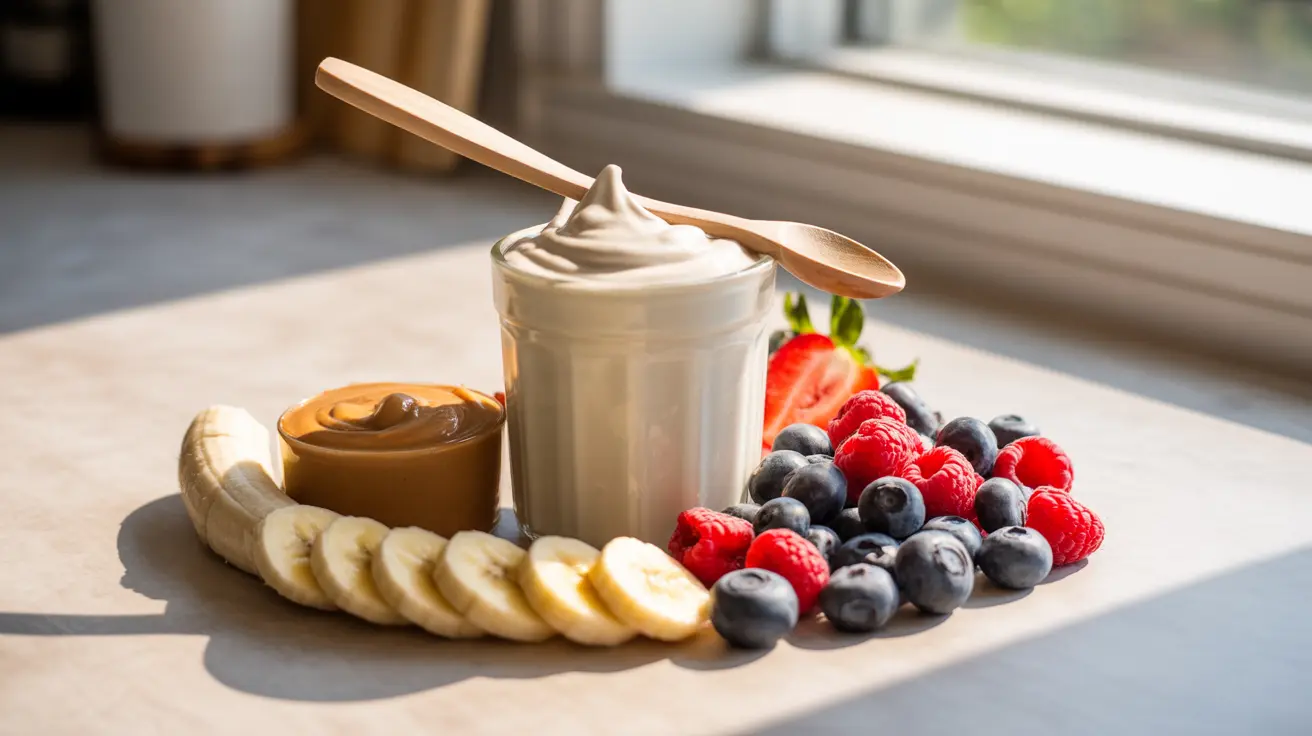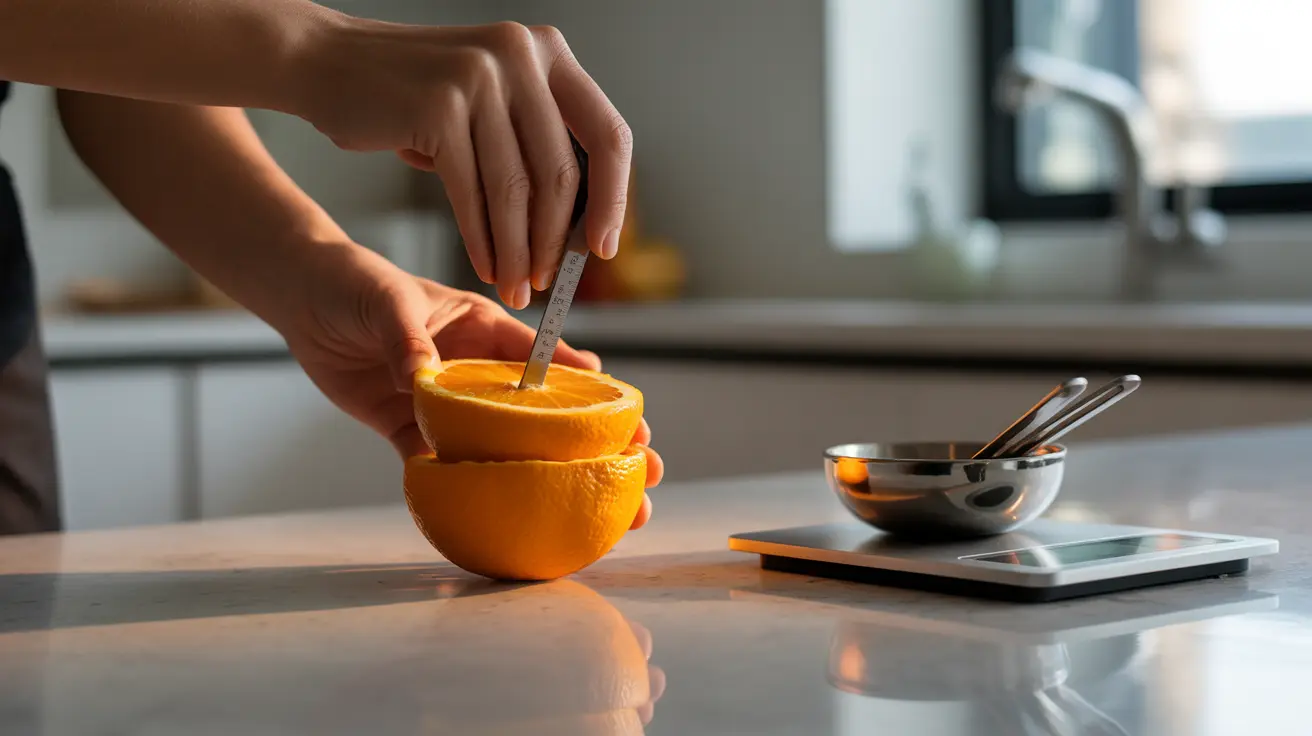Creating a nutritious protein shake doesn't require expensive protein powders or synthetic supplements. Many whole foods contain significant amounts of high-quality protein that can easily be blended into delicious, muscle-building beverages. Whether you're avoiding processed supplements, dealing with budget constraints, or simply prefer natural ingredients, learning how to make a protein shake without protein powder opens up a world of creative possibilities.
Natural protein shakes offer unique advantages over their powdered counterparts, including additional vitamins, minerals, fiber, and healthy fats that work synergistically to support your fitness goals. By understanding which whole foods pack the biggest protein punch and how to combine them effectively, you can create satisfying shakes that rival commercial products in both taste and nutritional value.
Best High-Protein Foods for Natural Shakes
The foundation of any effective protein shake without powder lies in selecting ingredients that naturally contain substantial amounts of protein. Greek yogurt stands out as one of the most versatile options, delivering approximately 15-20 grams of protein per cup while providing probiotics for digestive health. Its thick, creamy texture creates an ideal base that blends seamlessly with other ingredients.
Cottage cheese represents another powerhouse ingredient, offering around 14 grams of protein per half-cup serving. While its texture might seem challenging for smoothies, high-speed blending transforms cottage cheese into a smooth, creamy consistency that's virtually undetectable in the final product.
For plant-based options, silken tofu provides approximately 10 grams of protein per half-cup and creates an incredibly smooth texture when blended. Nut and seed butters, particularly almond, peanut, and tahini, contribute both protein and healthy fats while adding rich, satisfying flavors to your shakes.
Creating High-Protein Shakes with Whole Foods
Building an effective protein shake using only whole foods requires strategic ingredient combining to maximize protein content while maintaining great taste. Start with a liquid base such as milk (dairy or plant-based), which contributes additional protein while providing the necessary consistency for blending.
Layer your protein sources by combining complementary ingredients. For example, pair Greek yogurt with milk and a tablespoon of almond butter to create a base containing over 25 grams of protein. Add fruits like bananas or berries for natural sweetness and additional nutrients without significantly diluting the protein concentration.
Consider incorporating eggs or egg whites for an extra protein boost. While raw eggs carry some risk, pasteurized liquid egg whites provide a safe option that blends invisibly into shakes while adding approximately 5 grams of protein per two-tablespoon serving.
Simple Recipes for Protein-Rich Natural Shakes
Creating delicious protein shakes without powder becomes straightforward once you master a few basic recipes. The "Vanilla Almond Dream" combines 1 cup Greek yogurt, ½ cup milk, 2 tablespoons almond butter, 1 frozen banana, and a dash of vanilla extract. This recipe delivers approximately 30 grams of protein while tasting like a dessert.
For chocolate lovers, the "Chocolate Peanut Butter Power" shake blends ¾ cup cottage cheese, ½ cup milk, 2 tablespoons natural peanut butter, 1 tablespoon cocoa powder, and a handful of ice. The cottage cheese disappears completely when blended, creating a smooth texture with roughly 28 grams of protein.
Plant-based enthusiasts can enjoy the "Green Protein Machine," which combines ½ cup silken tofu, 1 cup plant-based milk, 2 tablespoons tahini, 1 cup spinach, ½ avocado, and 1 frozen banana. Despite the green color, this shake tastes surprisingly mild while providing about 18 grams of plant protein.
Effectiveness for Muscle Building Goals
Natural protein shakes can be just as effective as powder-based versions for supporting muscle growth and recovery when properly formulated. The key lies in ensuring adequate protein content and timing consumption appropriately around workouts.
Whole food proteins offer complete amino acid profiles, particularly when combining different sources within a single shake. For instance, pairing dairy products with nuts creates a comprehensive amino acid spectrum that supports muscle protein synthesis effectively.
Additionally, natural protein shakes provide sustained energy release due to their complex macronutrient profiles. The combination of protein, healthy fats, and natural carbohydrates from whole foods can actually provide superior satiety and energy stability compared to isolated protein powders.
Maximizing Protein Content in Homemade Shakes
Achieving optimal protein levels in powder-free shakes requires understanding protein density in various ingredients and learning to combine them strategically. Focus on ingredients that provide the highest protein-per-serving ratios while maintaining palatability.
Boost protein content by incorporating multiple sources within a single shake. Combining Greek yogurt with cottage cheese and milk creates a protein-dense base before adding nuts, seeds, or other enhancing ingredients. This layering approach can easily achieve 35+ grams of protein per serving.
Consider texture enhancers that also contribute protein, such as rolled oats or quinoa flakes, which add fiber and complex carbohydrates alongside moderate protein content. These ingredients help create more substantial, meal-replacement style shakes that support longer-term satiety.
Frequently Asked Questions
What are the best foods to use in a protein shake without protein powder?
Greek yogurt, cottage cheese, and milk form the most effective base ingredients, providing 15-20 grams of protein per serving each. Nut butters like almond or peanut butter add both protein and healthy fats, while silken tofu offers an excellent plant-based option. Eggs or pasteurized egg whites can boost protein content significantly, and rolled oats provide additional texture and moderate protein.
How can I make a high protein shake at home using only whole foods?
Start with a protein-rich base like Greek yogurt or cottage cheese, add liquid such as milk, then incorporate nut butter or tahini for additional protein and flavor. Blend with fruits for natural sweetness and consider adding oats for texture. A typical recipe might include 1 cup Greek yogurt, ½ cup milk, 2 tablespoons almond butter, and 1 banana, yielding approximately 25-30 grams of protein.
Are protein shakes made without powder as effective for muscle building as those with powder?
Yes, whole food protein shakes can be equally effective for muscle building when they provide adequate protein content and complete amino acid profiles. Natural ingredients often offer additional benefits like vitamins, minerals, and fiber that support overall health. The key is ensuring your shake contains 20-30 grams of high-quality protein and consuming it within the optimal post-workout window.
What are some easy recipes for protein shakes without protein powder?
Try the "Vanilla Almond" shake: 1 cup Greek yogurt, ½ cup milk, 2 tablespoons almond butter, 1 banana, and vanilla extract. The "Chocolate Peanut Butter" combines ¾ cup cottage cheese, ½ cup milk, 2 tablespoons peanut butter, and 1 tablespoon cocoa powder. For plant-based options, blend ½ cup silken tofu, 1 cup plant milk, 2 tablespoons tahini, spinach, and frozen fruit.
Can I get enough protein from a homemade shake without using protein powder?
Absolutely. Well-planned whole food shakes can easily provide 25-35 grams of high-quality protein per serving, which meets most people's post-workout or meal replacement needs. By combining multiple protein sources like Greek yogurt, milk, and nut butter in a single shake, you can achieve protein levels comparable to or exceeding those found in commercial protein powders while gaining additional nutritional benefits from whole foods.




